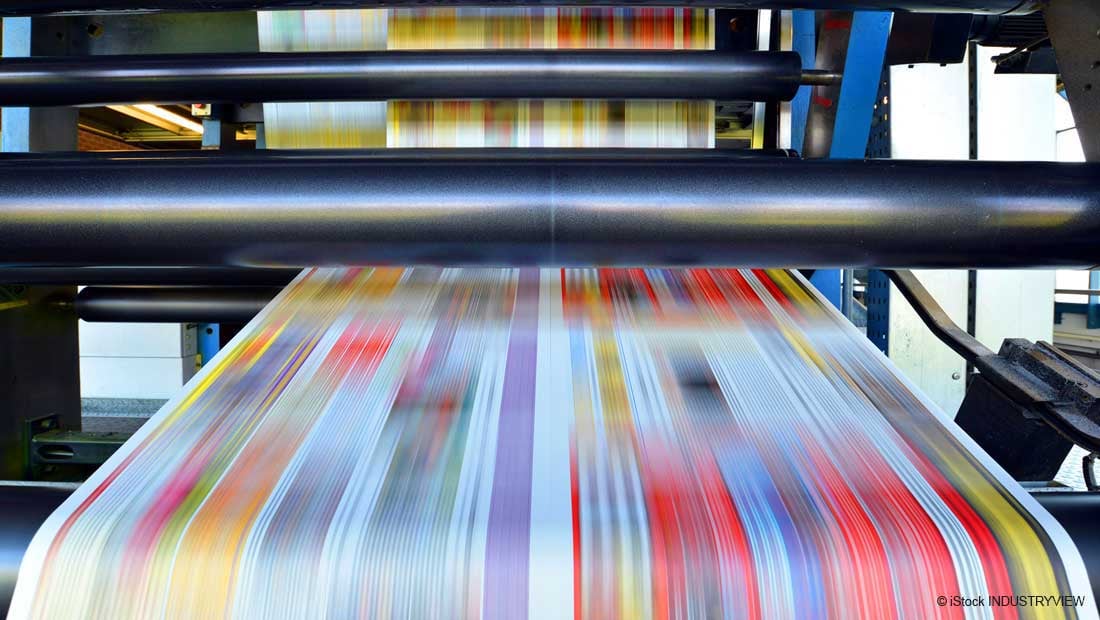In the world of printing, achieving visually appealing and durable results is paramount. Among the various components involved, pigments play a crucial role in the performance of offset inks. Understanding how these pigments work and what influences their quality can help businesses and print specialists make more informed decisions.
What Are Offset Ink Pigments?
Offset ink pigments are finely ground, insoluble colorants used to impart color to ink formulations. Unlike dyes, pigments remain suspended in the binder, offering better lightfastness and resistance to environmental factors.
Importance of Pigments in Offset Printing
Pigments are essential to the quality and longevity of printed materials. They determine color intensity, resistance to fading, and print durability. The choice of pigment impacts the ink’s ability to adhere to various substrates and endure handling and environmental exposure.
Types of Pigments Used in Offset Ink
Organic Pigments
Organic pigments, such as azo, phthalocyanine, and quinacridone, offer brilliant shades and good transparency. They are ideal for applications requiring vibrant colors.
Inorganic Pigments
Inorganic pigments like titanium dioxide and iron oxides provide excellent opacity, weather resistance, and chemical stability, making them suitable for more demanding print environments.
Factors That Influence Pigment Performance
Particle Size
The fineness of the pigment particles affects gloss, color strength, and dispersion. Smaller particles generally lead to smoother finishes and better color consistency.
Lightfastness
High lightfastness ensures that printed materials retain their color even after prolonged exposure to light. This is particularly important for outdoor or display applications.
Chemical Compatibility
Pigments must be compatible with other ink ingredients, including binders, solvents, and additives, to prevent issues like flocculation or sedimentation.
How Pigments Contribute to Print Durability
Pigments enhance the mechanical and chemical resistance of the print. They improve scratch resistance, water resistance, and solvent tolerance, ensuring the print remains intact during usage and storage.
Dispersion Quality and Its Impact
Proper dispersion ensures uniform color and prevents pigment settling. It also affects ink viscosity and drying time, which in turn influence the final print quality.
Sustainability and Eco-Friendly Pigments
Modern pigment development focuses on environmental safety. Many manufacturers now offer low-VOC, heavy metal-free, and biodegradable pigment options.
Innovations in Offset Ink Pigments
Advancements in nanotechnology and synthetic chemistry have led to pigments with enhanced performance attributes, such as higher chroma, improved dispersibility, and extended lightfastness.
Choosing the Right Offset Ink Pigment Supplier
Working with a reputable pigment supplier ensures consistency, regulatory compliance, and product support. Fineland Chemicals offers a wide range of premium ink pigments suitable for various offset printing needs.
Why Choose Fineland’s Offset Ink Pigments?
Fineland’s offset ink pigments are engineered for high color accuracy, durability, and eco-friendliness. Our products undergo rigorous quality control and are tailored to meet the specific requirements of modern offset printing.
Application Areas for Offset Ink Pigments
Offset ink pigments are used in commercial printing, packaging, newspapers, books, and high-end marketing materials. Each application demands different performance characteristics based on the end-use environment.
Challenges in Offset Pigment Formulation
Balancing cost, performance, and sustainability is a constant challenge. Formulators must consider factors like pigment cost, dispersibility, and regulatory requirements during the development process.
Tips for Maximizing Pigment Performance in Printing
- Use high-shear dispersion equipment for better particle breakdown
- Select pigments based on end-use and substrate
- Regularly monitor ink stability and color consistency
Conclusion
Offset ink pigments are vital for producing vivid and durable printed materials. From their chemical composition to their interaction with other ink components, these pigments define the success of a print job. By selecting high-quality pigments from trusted suppliers like Fineland Chemicals, printers can achieve superior results in both appearance and longevity.
FAQs
1. What’s the difference between dye and pigment in inks? Pigments are insoluble and provide better durability and resistance, while dyes are soluble and may fade faster.
2. Are organic pigments better than inorganic ones? Each type has advantages: organic for bright colors and transparency, inorganic for opacity and stability.
3. Can offset ink pigments be environmentally friendly? Yes, many pigments are now formulated to be free from heavy metals and VOCs.
4. What determines the lightfastness of a pigment? The molecular structure of the pigment and its stability under UV exposure determine lightfastness.
5. How do I select the best pigment for my printing application? Consider the substrate, desired color properties, environmental exposure, and regulatory requirements.







